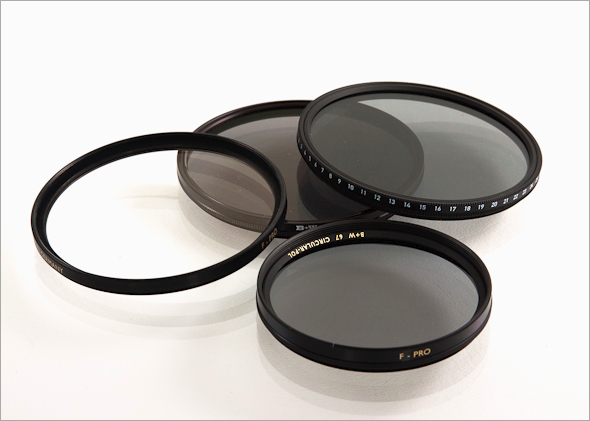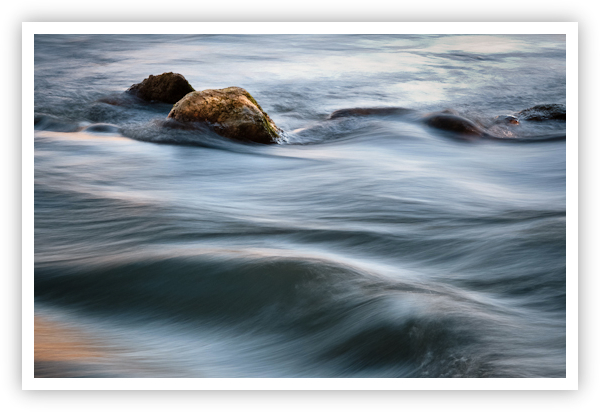Stormy Weather – LaGrange, Texas
Copyright © 2009 Jeff Lynch Photography
Shot taken with a Canon EOS 5D Mark II set on manual (M) using an EF 24-105mm f/4L IS USM lens tripod-mounted. The exposure was taken at 28mm, f/13 for 1/8th of a second at ISO 100 using a Singh-Ray LB warming polarizer and 4-stop (soft) graduated neutral density filter. Post capture processing was done in Adobe’s Lightroom 3 Beta. Click on the image above for a larger version.
How to Get this Type of Shot: A landscape image of a storm rolling across the land.
- The key to this shot is (obviously) the weather conditions. You’ll need to shoot on a day when a storm is moving in. I raced this storm over sixty miles before pulling ahead enough to setup and shoot.
- A good sturdy tripod is a must in a situation like this, since any camera shake will ruin the effect. Another very important accessory is a bubble level. The human brain is very sensitive to horizontal lines and if your image is not perfectly level, people will notice. I used a bubble level for this shot but still had to do some final corrections in Lightroom.
- Correct exposure and contrast are critical in an image like this, which is why you’ll need both a circular polarizer and a three or four-stop graduated ND filter to balance the foreground and background exposure levels. Though the storm clouds look dark, most of the sky will be much brighter than the ground and without a ND grad filter, your camera’s metering system can easily be fooled.
- The final keys to this getting type of image are patience and safety. In Texas, a severe thunderstorm can blow in with only a few moments notice, or it may take hours to develop as conditions gradually change. Learning to wait for the right moment takes both patience and perseverance. However, safety should always be your first concern. Thunderstorms are dangerous and standing on a hillside carrying a camera and tripod makes you a definite target for lightning. Be careful and safe when shooting in bad weather. Even the best shot in the world is worth little if you’re not around to enjoy it.











 I’ve recently received several email messages asking how to enable and correctly use the neutral density filter built into the Canon PowerShot G9, G10 and G11 cameras recently.
I’ve recently received several email messages asking how to enable and correctly use the neutral density filter built into the Canon PowerShot G9, G10 and G11 cameras recently.